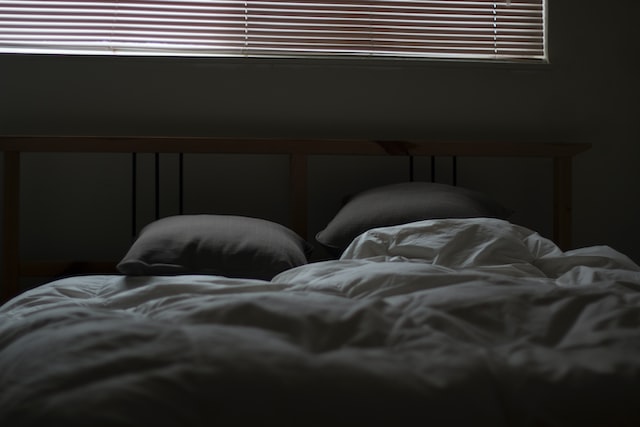
Sci&Tech Writer Taylor Fulton-Ward reports on new studies suggesting that humans need more sleep in winter.
I don’t know about you… but as soon as that time of year arrives when there’s a nasty chill in the air and it’s getting dark as I leave Uni, all I want to do is curl up in my bed and go to sleep. But is this me being lazy… or do we actually need this sleep in the winter?
A recent study by researchers in Germany demonstrated that there may actually be a link between the darker months of winter and the need for more sleep.
The Stages of Sleep:
Non-REM (NREM) 1 – Falling asleep
Heartbeat and breathing slow, muscles relax
Lasts a few minutes
NREM 2 – Light sleep
Heartbeat and breathing further slow, no eye movements, body temperature drops
Lasts around 25 minutes
NREM 3 – Slow wave sleep
Deepest sleep, heartbeat and breathing at slowest rate, body is fully relaxed, no eye movements, growth and muscle repair, memory consolidation, immune system strengthens
Rapid Eye Movement (REM)
When dreams occur, eyes move rapidly, body relaxed and immobilised, brain becomes active
To do this, they analysed a group of 188 patients across the year to understand if length of sleep naturally changed with the seasons. These patients had been diagnosed with sleep-related conditions, such as insomnia, depression, or sleep-related breathing disorders, and underwent a sleep study, known as a polysomnography, for three consecutive nights several times over the year. Patients were excluded if they took any sleep-altering drugs, any technical failure with the measurements, and if they had skipped the first REM-stage of sleep.
There may actually be a link between the darker months of winter and the need for more sleep
Interestingly, they found that the total time asleep of patients was around 60 minutes longer in winter than summer, however this did not reach statistical significance. Alternatively, the length of REM sleep was significantly longer in winter than spring – around 30 minutes, suggesting that we do in fact sleep longer in winter!
Despite the study being conducted in patients with sleep disorders, they hypothesised that a similar pattern would be observed in a larger population of healthy people. And if that’s the case, then the findings apply to the wider population and we can all start going to bed earlier in winter!
The authors suggest that the increased sleep observed in winter is due to the greater production of melatonin, a hormone that tells our body when to sleep. The brain directs this hormone to be produced by the pineal gland when it gets dark, which, with the longer hours of darkness in winter suggests a higher production of melatonin.
The increased sleep observed in winter could be due to the greater production of melatonin, a hormone that tells our body when to sleep
This variation of sleep with the seasons is seen in other common conditions, for example in seasonal affective disorder (SAD), otherwise known as ‘winter depression’. Many people struggle with SAD, and it often crops up as the days get shorter and darker for longer. Strangely enough… for me personally, it makes me want to sleep more. One of the common therapies for SAD is light therapy – essentially lengthening the day artificially with a bright light to trick your brain into thinking its lighter outside! If you, or you know someone who, may be struggling with SAD, more information and therapies can be found on the NHS website.
Infectious diseases, for example those affecting the respiratory system, are also known to vary with the seasons. These differ by pathogen and time of year, but a good example is the peak of respiratory syncytial virus (RSV) observed in December to March (in the Northern Hemisphere). In fact, the spread of the recent SARS-CoV-2 pandemic is also suggested to differ with the seasons, with halting of the pathogenic spread in warmer months, and a heightened spread in the colder months.
Epidemiological studies to understand disease at a population level are the key for understanding seasonality in common conditions. It is likely future research implementing these techniques will predict even more processes and diseases that change with the seasons.
But for now, whilst it’s still dark and cold outside… go enjoy an extra hour of sleep!
Enjoyed this article? Read more from Sci&Tech here:
Possible UK Law Change to Approve Human Gene Editing
Comments